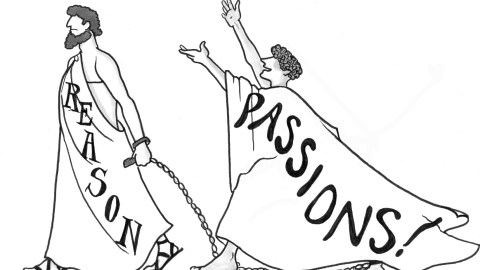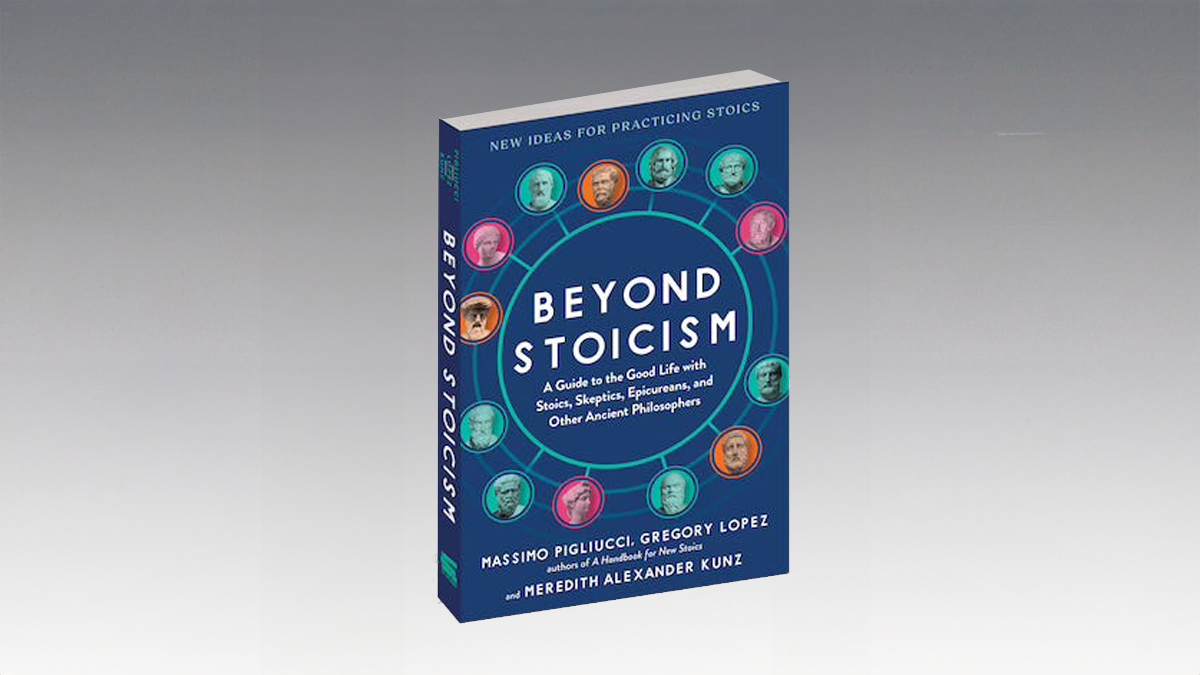What Ancient Stoic Philosophers Can Teach Us About Happiness (& The Skills It Needs)

1. The best we can hope for is “life, liberty and the pursuit of” stoic happiness. And that means we all need “happiness bootcamp” (to learn how harmful equating “happiness” with what’s beyond your control is).
2. That’s one key lesson from How to Be a Stoic: Using Ancient Philosophy to Live a Modern Life by Massimo Pigliucci (—>focus on your locus of control).
3. Stoics taught that we should desire the game, not only the win (the effort, not the goal). They were better “connoisseurs of human psychology” than many later experts (e.g., economists of the “unbehavioral” kind).
4. Stoicism, despite popular misconceptions, isn’t about Spock-like stiff-upper-lip suppression of emotions. Rather it’s about retraining (re-cognizing) emotional reactions, for a more skillful life.
5. Stoics trained themselves in “virtues.” But virtue meant something different in Greco-Roman wrestling with life’s challenges (we typically see the term through 2,000 years of Christian accretions).
6. Early Christianity was strongly influenced by stoic ideas—for instance, the Gospel’s “In the beginning was the Word,” uses the word Logos, the stoic term for that which organizes nature (~Einstein’s god).
7. Stoic training involves three disciplines (of desires, actions, and reactions) and four capabilities (“courage, temperance, justice and practical wisdom” (—>the “cardinal” virtues—>logical life skills).
8. Stoics aimed to live “according to nature.” And human nature is driven to pursue “eudaimonia“ often loosely translated as “happiness.” Eu = good, daimon = demon/spirit, eudaimonia = good-spirited, flourishing (well-doing).
9. Stoics saw human nature as capable of rationality if trained (a factor “rational actor” fans often ignore).
10. That founding phrase “pursuit of happiness” is poorly grasped now. Gary Wills has shown that Jefferson didn’t mean private hedonic happiness, but a public, scientific, measurable notion (from the Scottish Moral Sense school). It resembled virtue-skill-requiring eudaimonia more than a personal feelgood-now faith (—>Bentham’s bucket error).
11. Stoics held virtue to be “necessary and sufficient” for eudaimonia (=the good skilled life). Other approaches defined different virtues (e.g., Aristotle’s 12 included externals like wealth and wittiness) but modern studies converge on these six core, stoic-like, traits.
12. Worry only about what is in your power. Stoics treat all else with “indifference” (an indifferent can be preferred or dispreferred). By nature many projects have outcomes beyond your control. Enjoy success if it comes. If not, be content with having made your best effort.
13. Stoicism’s genius is to democratically bring a good (skilled) life within reach of all (wellborn or not, win or lose).
14. Skilled living grants an untroubled mind (“ataraxia”).
15. A win-centric life is folly for all but a lucky few (—>democracy ≠ “for the top people”).
16. Unhappy are they who ignore nature’s empirical limits.
17. Wise are they who use their liberty to pursue skillful living (—>“all skill is joyful”).
18. Be not “passion’s slave” (Hamlet). Train your passions to seek “rational desires” (Aristotle). And to bear whatever comes, stoically (—>updating Hume).
Illustration by Julia Suits, The New Yorker cartoonist & author of The Extraordinary Catalog of Peculiar Inventions





